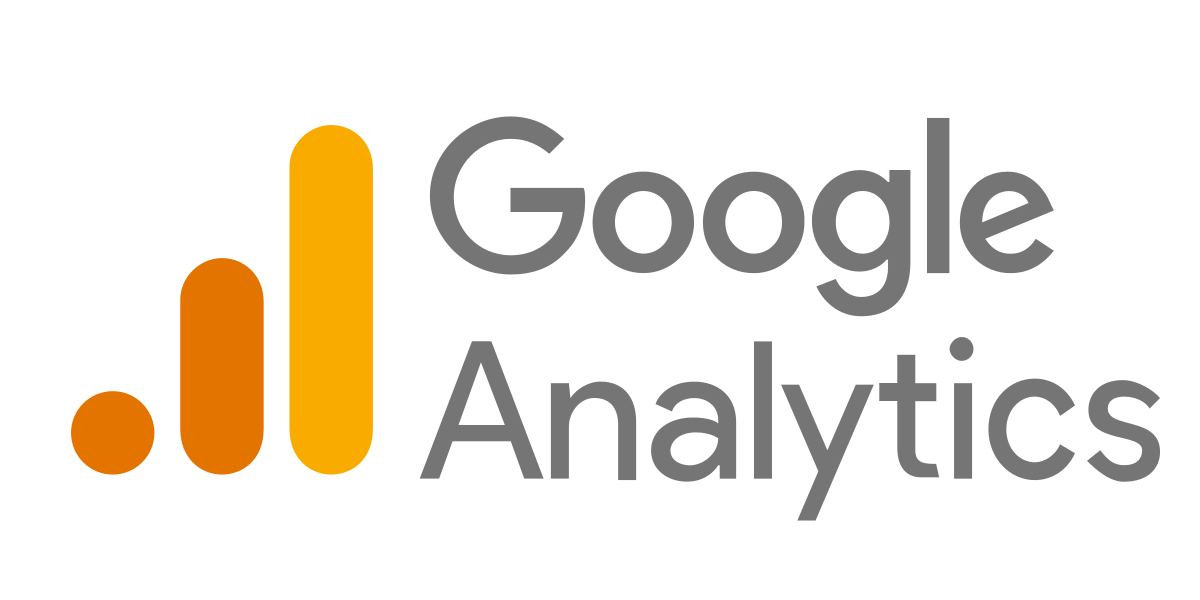Track Trends: Essential Tools for Marketers and PR Pros

Platforms for monitoring emerging trends
Trend tracking tools are platforms that enable marketers, businesses, and investors to monitor, analyze, and predict emerging trends based on search, social media, and other digital data sources. As the digital landscape evolves, keeping a finger on the pulse of trending topics is essential for businesses aiming to stay ahead of the curve. Utilizing such tools effectively can transform how you understand consumer behavior and fine-tune your strategy to track trends and adapt to changing market dynamics by analyzing key metrics.
Definition: What are trend tracking tools?
Trend tracking tools are specialized platforms designed to collect and analyze data from various sources such as search engines, social media, and digital media to identify, forecast, and predict emerging trends. These tools provide businesses with the insights needed to stay relevant in a constantly changing marketplace by highlighting consumer behaviors and interests, and they help you track trends over time.
"Trend tracking tools are specialized platforms that analyze data to identify and forecast emerging trends. They provide valuable insights into consumer behavior and market shifts while enabling you to track trends effectively."
For example, imagine launching a new clothing line tailored for eco-conscious consumers. By using a trend tracking tool, you could pinpoint exactly when the demand for sustainable fashion peaks on social media and search engines, allowing you to track trends in real time. This enables you to adjust your marketing efforts and product launches accordingly, ensuring your brand is promoting the right product at the optimal moment to capture the market's attention.
The Principles of Trend Tracking Tools
 Trend tracking tools are essential for businesses aiming to keep their finger on the pulse of evolving consumer interests and behaviors. These platforms originate from the need to sift through vast amounts of data in search of patterns that offer insight into what people are currently interested in and what they might gravitate towards in the future. By efficiently analyzing search engine queries, social media engagements, and web mentions, these tools provide a distilled view of the digital zeitgeist, helping you track trends from inception to mainstream adoption.
Trend tracking tools are essential for businesses aiming to keep their finger on the pulse of evolving consumer interests and behaviors. These platforms originate from the need to sift through vast amounts of data in search of patterns that offer insight into what people are currently interested in and what they might gravitate towards in the future. By efficiently analyzing search engine queries, social media engagements, and web mentions, these tools provide a distilled view of the digital zeitgeist, helping you track trends from inception to mainstream adoption.
In the realm of modern business strategy, understanding the principles behind trend tracking tools involves acknowledging the dynamic interplay between digital platforms and consumer data. At their core, these tools act as sophisticated data aggregators, utilizing algorithms to cut through the noise and highlight pertinent trends that can inform decision-making in areas like marketing, product development, and customer engagement. For instance, platforms like Exploding Topics and SparkToro employ intricate algorithms to identify burgeoning interests long before they hit the mainstream. Their forecasting capabilities and analysis of various metrics enable users to track trends early, offering a competitive advantage by providing early insights. This proactive approach allows businesses to pivot quickly, adjust strategies, and potentially outperform competitors by riding the wave of emerging trends that are gaining traction.
Adopting trend tracking tools empowers marketers and businesses to transition from reactive to proactive strategies. Instead of scrambling to keep up with trends after they’ve gained widespread attention, these tools offer actionable insights that businesses can use to track trends and drive their initiatives forward confidently.
In essence, mastering the principles of trend tracking involves leveraging these tools to strategically navigate the ever-shifting landscape of consumer interests and understanding the lengths of data required for a comprehensive market forecast.
4 examples of trend tracking tools for marketers
Here are four essential trend tracking tools that savvy marketers use to stay ahead of the curve and track trends effectively:
- Exploding Topics: This platform is designed to give businesses an early heads-up on emerging trends by analyzing millions of online data points. Users can explore purple ocean markets and identify products showing signs of long-term growth, well before they become common knowledge. By offering searchable trend data updated daily and detailed metrics on user engagement, it provides a strategic edge for marketers looking to track trends over time.
- SparkToro: Allowing users to gain deeper insights into their audience, this tool combines audience research with trend tracking. By tapping into data across web and social networks, SparkToro reveals the topics and hashtags that audiences are currently engaging with. This information can be invaluable for creating content that resonates with target demographics and improves social ad targeting, enabling you to track trends in audience behavior directly.
- Glimpse: Known as the world’s largest trends platform, Glimpse provides insights into trending niches with high growth potential. By offering detailed forecasting data and key metrics for success, it helps businesses identify profitable market segments and anticipate future opportunities. The platform's ability to detect trends that are still under the radar makes it a vital resource for proactive marketing strategy, ensuring you can effectively track trends before they become mainstream.
- BuzzSumo: As a veteran in content discovery, BuzzSumo excels in tracking the performance of content across social media platforms. Marketers can utilize its real-time alerts to adapt their campaigns according to trending topics and audience interests, thereby learning to track trends as they emerge. Additionally, it offers robust competitor analysis features, providing insights into the content strategies of successful competitors and the metrics that drive engagement.
In contrast to traditional marketing methods, which often rely on intuition and conjecture, these trend tracking tools leverage data analytics to deliver tangible insights into consumer behavior. They empower marketers to make decisions based not on guesswork, but on concrete patterns and historical data that allow you to track trends with precision.
Conversely, while these tools offer a data-centric approach to trend analysis, they do not replace the human element in marketing. Understanding the nuances of customer interaction and emotional engagement remains a critical component of a successful strategy. Combining data-driven insights with the art of personalized marketing creates a holistic view that can transform an otherwise generic campaign into a highly personalized customer experience.
7 tips to master trend tracking tools
 Here are some rare tips to consider when diving deeper into trend tracking and learning to track trends effectively:
Here are some rare tips to consider when diving deeper into trend tracking and learning to track trends effectively:
| Tip | Steps/Examples | Benefits | |---|---|---| | 1. Start with defined goals | Identify what you want to achieve before employing trend tools—be it understanding consumer interests or gaining competitor insights. | Aligns efforts with strategic objectives and maximizes tool usage efficiency by tracking trends from the outset. | | 2. Combine multiple tools | Use a mixture of trend tracking platforms like Exploding Topics and SparkToro for broader insights. | Provides a more comprehensive view of emerging trends and audience preferences, reinforcing your strategy to track trends across different data sources. | | 3. Set up custom alerts | Configure alerts in tools like Determ to notify you of sudden shifts in trends. | Keeps you informed in real-time, enabling swift strategic pivots and accurate tracking of trends as they unfold. | | 4. Analyze sentiment | Use Determ's sentiment analysis to gauge public opinion on trends or your brand. | Offers an emotional understanding of your brand’s perception in the market and helps refine the metrics used to track trends. | | 5. Monitor long-term trends | Reference tools like KWFinder for historical trend analysis to identify enduring patterns. | Assesses the staying power of trends, guiding sustainable strategy development and ensuring you track trends over significant lengths of time. | | 6. Engage in trend discussions | Participate in forums and social media conversations on platforms like Twitter. | Fosters community engagement and enhances your understanding of public discourse, while allowing you to track trends directly from consumer interactions. | | 7. Explore related industries | Use tools like BuzzSumo to see trends in industries adjacent to yours. | Opens up new avenues for innovation and diversification, ensuring you track trends beyond your immediate market. |
Applying these tips offers a strategic advantage, allowing you to craft informed, adaptive campaigns that resonate with your audience and align with evolving market landscapes as you track trends with consistency.
Key Terms Related to Trend Tracking Tools

Understanding the following terms can enhance your navigation and use of trend tracking tools effectively:
- Metrics: Key numerical data that measures performance and engagement.
- Forecast: The ability of a tool to predict future trends based on current data.
- Track trends: The process of identifying, monitoring, and analyzing emerging patterns over time.
- Lengths: Refers to the duration or extent considered in trend analysis for long-term strategic planning.

Frequently Asked Questions about Track Trends
Wondering how to effectively track trends? Here are answers to some common questions and objections.
How can trend tracking tools benefit my business?
Trend tracking tools help you remain competitive by identifying emerging trends early. With this insight, businesses can tailor products and services to meet consumer demand, ensuring relevance and driving growth as you track trends effectively.
Are trend tracking tools expensive?
While some trend tracking tools come with a cost, many offer flexible pricing plans, including free options. Selecting a tool that meets your budget while providing the insights you need is key, regardless of whether you are just starting to track trends or scaling your operations.
Can I rely solely on these tools for my marketing strategy?
While trend tracking tools offer valuable insights, they work best when combined with other strategies such as customer feedback and industry research, creating a comprehensive approach to market analysis and track trends holistically.
How accurate are trend tracking analytics?
Trend tracking tools use a variety of algorithms and data sources to provide accurate insights into current market movements. However, it’s crucial to cross-reference with multiple tools for a well-rounded view when you track trends, ensuring that the metrics you monitor accurately reflect the forecasted market behavior.
What should I do if a trend declines after I’ve invested in it?
Trends fluctuate. Diversifying your investment across multiple trends can help mitigate risk. Also, continuously monitor analytics to pivot strategies quickly if needed, allowing you to effectively track trends and adapt accordingly.
Do I need technical knowledge to use these tools?
Most trend tracking tools are designed to be user-friendly, requiring minimal technical expertise. They often include tutorials and support resources to assist users in effectively navigating the platform and learning how to track trends effortlessly.
By integrating these key concepts and principles, you can master the art of using trend tracking tools to forecast, monitor, and track trends, ensuring your business remains agile in a rapidly evolving marketplace.
👉 Check out DeepRankAI and see how it can make SEO content creation a whole lot easier.


